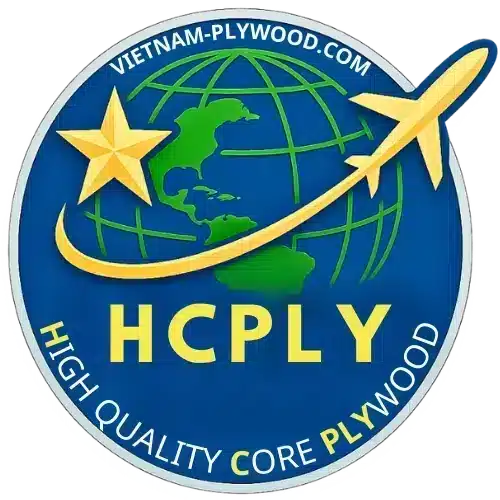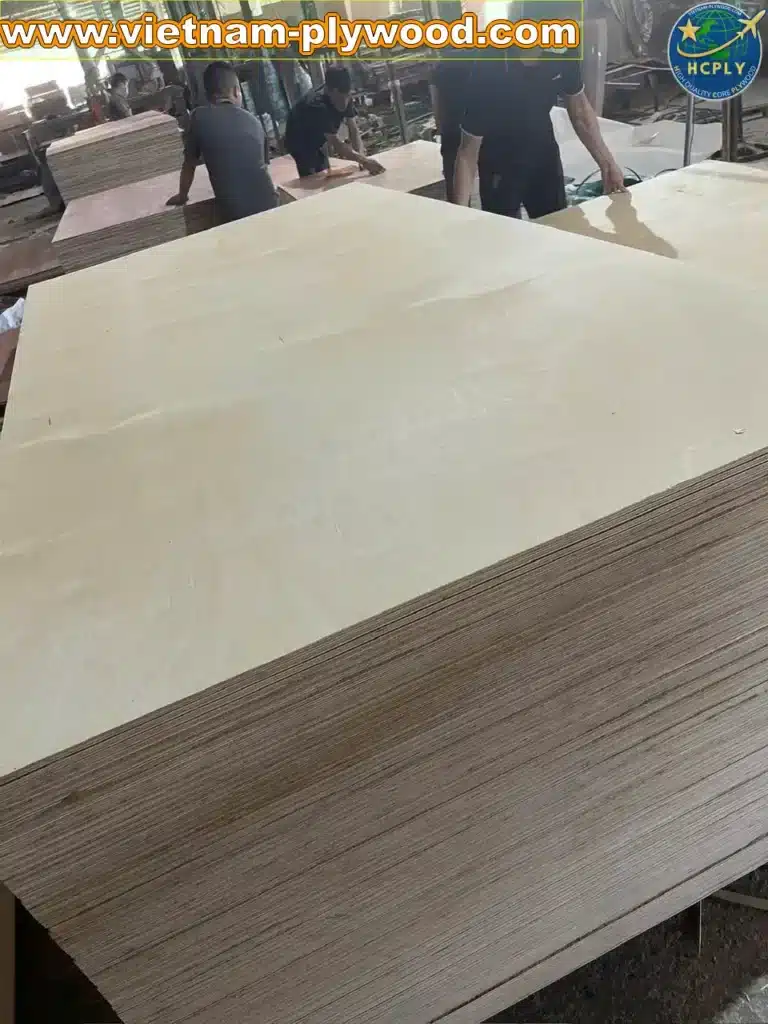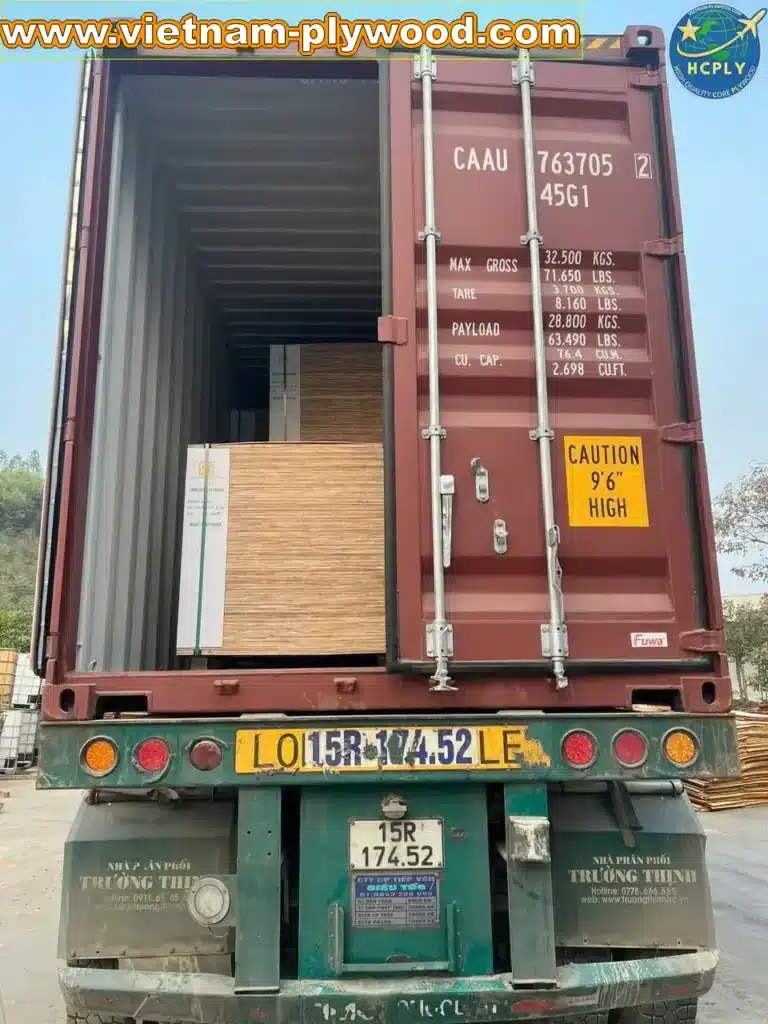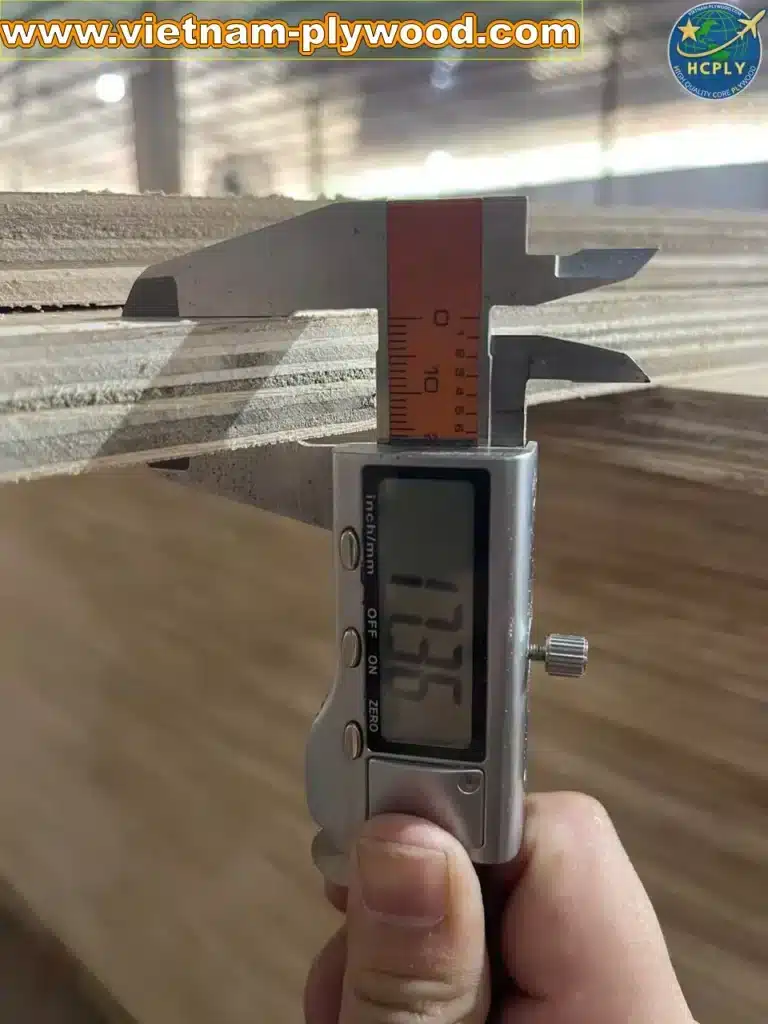WBP Glue vs MR Glue – Which Suits Your Needs?
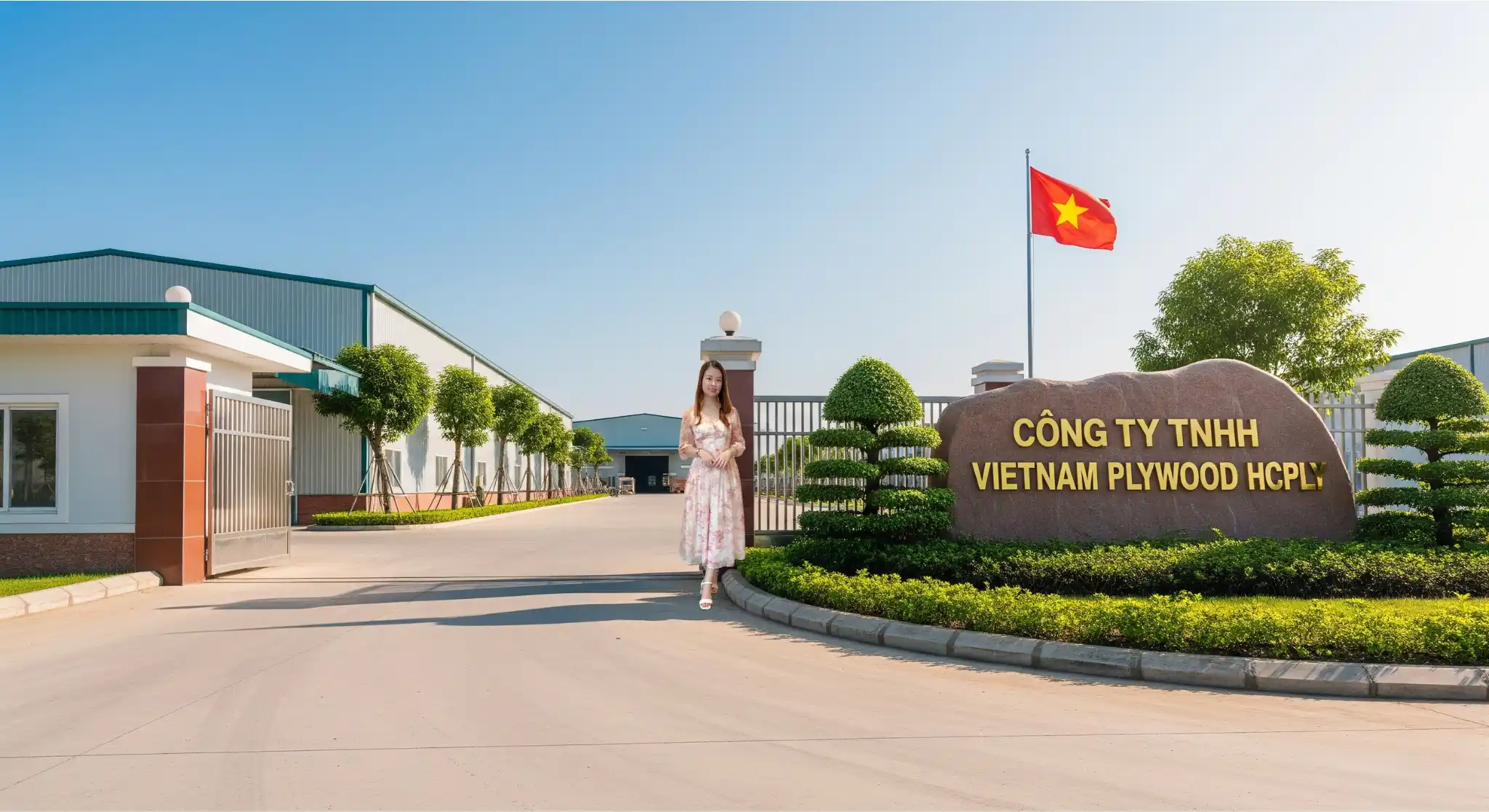
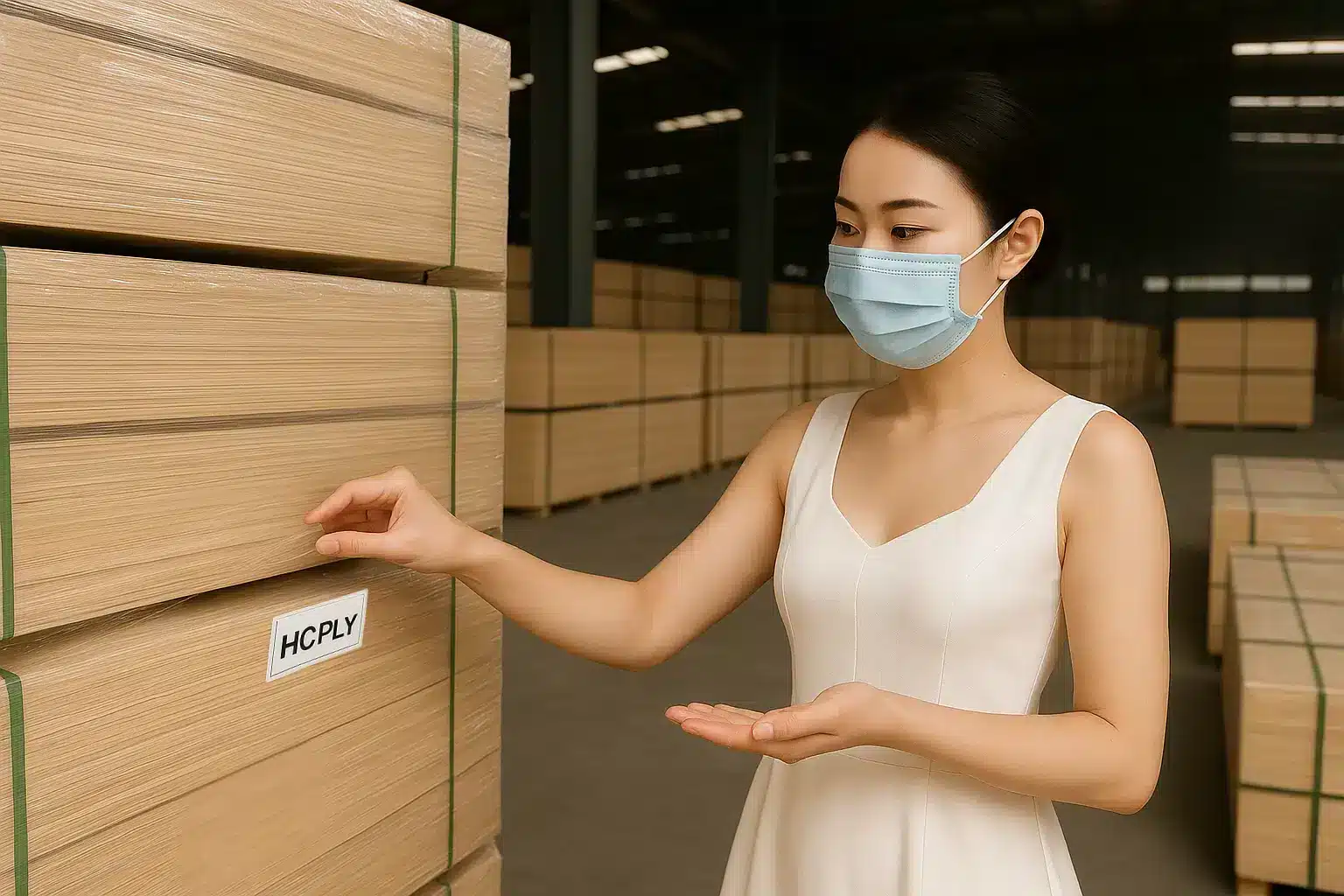
🪵 WBP Glue vs MR Glue – Which Suits Your Needs Best?
Hi, Lucy from HCPLY here!
When exporting Vietnam plywood, the decision between WBP glue and MR glue can significantly impact the durability, performance, and customer satisfaction of your products. In this complete plywood glue comparison, we’ll dive deeper into how each glue type works, where it’s used, and which one you should choose for your specific market.
1️⃣ Understanding WBP Glue in Vietnam Plywood
WBP stands for Water Boiled Proof, a high-performance adhesive based on phenolic resin or melamine-modified phenolic resin. This glue is engineered for maximum moisture resistance and long-term durability.
- Waterproofing excellence – passes the boiling water test for up to 8–72 hours without delamination.
- High mechanical bonding strength – maintains structural integrity in extreme heat, humidity, or cold.
- Resistant to fungal attack and delamination even in tropical climates.
- Designed for long-term outdoor and marine use where constant water exposure is expected.
Best applications for WBP glue Vietnam plywood:
- Marine-grade plywood for boats and docks.
- Heavy-duty construction formwork in tropical or coastal regions.
- Outdoor furniture, signage, and exterior cladding.
- Projects requiring decades-long durability.
2️⃣ Understanding MR Glue in Vietnam Plywood
MR stands for Moisture Resistant and is typically made from urea-formaldehyde adhesive. It’s not fully waterproof but can handle moderate humidity without compromising strength.
- Designed for indoor use with occasional exposure to moisture.
- Lower production cost, making it ideal for cost-sensitive markets.
- Maintains good bonding strength under standard interior conditions.
- Lightweight bonding formula that’s easier to press and finish.
Best applications for MR glue Vietnam plywood:
- Cabinets, wardrobes, and shelving units.
- Indoor wall paneling and partitions.
- Furniture for dry or climate-controlled spaces.
- Projects where price competitiveness is a top priority.
3️⃣ Detailed Plywood Glue Comparison Table
| Feature | WBP Glue (Vietnam Plywood) | MR Glue (Vietnam Plywood) |
|---|---|---|
| Moisture Resistance | Excellent – 100% waterproof (boiling water proof) | Good – moisture resistant only, not waterproof |
| Durability | Very high – decades of lifespan | Moderate – suitable for standard indoor lifespan |
| Bonding Strength | Strong even in extreme conditions | Adequate for controlled indoor environments |
| Cost Level | Higher due to premium resins | Lower – more affordable production |
| Common Uses | Marine, outdoor, heavy construction | Indoor furniture, wall panels, cabinets |
| Glue Type | Phenolic or melamine-modified phenolic | Urea-formaldehyde |
| Preferred Markets | India, Middle East, Southeast Asia for formwork & marine | Europe, Asia for cost-effective interior projects |
4️⃣ Market Trends & Buyer Preferences
- India & Middle East: Buyers prioritize WBP glue plywood for its ability to handle monsoons, high humidity, and coastal climates.
- Europe: Frequently orders MR glue plywood for indoor applications, focusing on budget efficiency.
- Southeast Asia: Often mixes both types in one shipment — WBP for exterior/formwork, MR for interior use.
- Australia & New Zealand: Strict compliance with WBP glue standards for marine and outdoor projects.
5️⃣ Cost & Performance Considerations
- WBP glue Vietnam plywood costs more upfront but saves money in the long run by reducing replacement frequency.
- MR glue Vietnam plywood is cheaper per unit, allowing buyers to stay competitive in price-sensitive furniture and panel markets.
- In large projects, some buyers split orders — for example, using WBP glue plywood for wet areas and MR glue plywood for dry zones.
6️⃣ FAQs – Choosing Between WBP and MR Glue
Q1: Can MR glue plywood be used outdoors?
Not recommended — prolonged water exposure will cause delamination.
Q2: Is WBP always phenolic?
Not necessarily — some are melamine-modified phenolic, balancing cost and performance.
Q3: How do I confirm plywood glue type?
Perform a boiling water test for 8–72 hours. WBP will remain intact, MR will separate.
Q4: Which glue type is better for export to India?
For humid climates and heavy-duty use, WBP glue plywood is preferred.
Q5: Can both glue types be included in one container?
Yes, HCPLY often ships mixed orders tailored to specific buyer needs.
“At HCPLY, we tailor glue selection to your market demands — whether you need WBP glue Vietnam plywood for marine-grade durability or MR glue Vietnam plywood for cost-effective indoor solutions. Our plywood glue comparison ensures you get the perfect balance between performance and price.”
